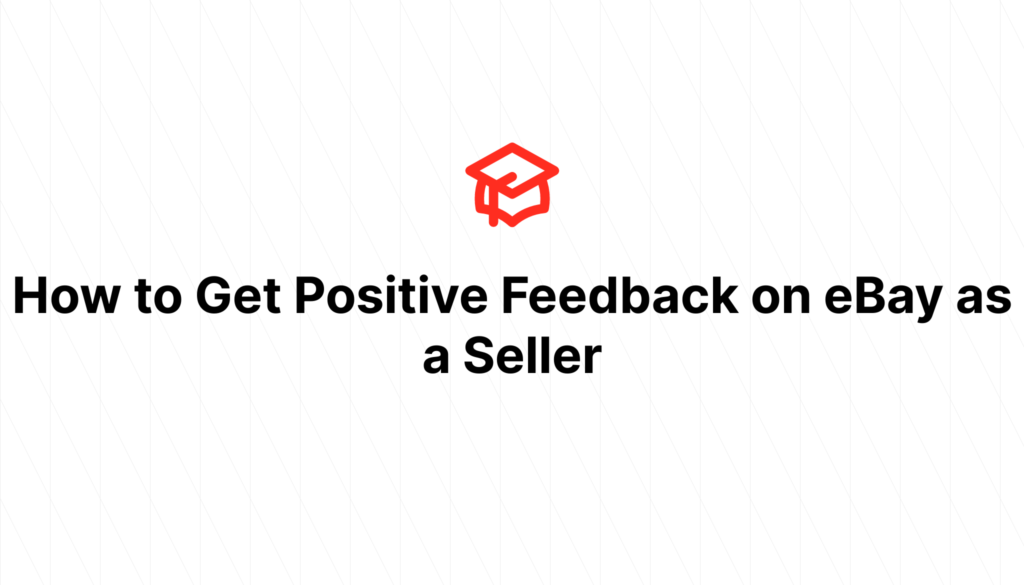If you plan on starting a business on eBay, you will need to understand how to attain positive feedback from your buyers. Feedback is extremely important for the success of your business; a high feedback rating will help increase sales. When potential buyers compare your products to the same products from another seller, they usually let the feedback ratings of the sellers act as the deciding factor; all else equal, buyers will choose to do business with the seller who has the higher feedback score.
Recently, eBay has implemented some changes to their feedback system. Along with a general positive or negative rating, buyers are now able to grade a transaction on four different aspects: whether or not the item was as described, how well the seller communicated with the buyer, the length of time for delivery, and how reasonable the shipping charges were. While there is no specific formula for securing a positive feedback from a buyer, performing well on these four aspects of every transaction will most likely help you achieve good ratings. In the following sections I will discuss each of these aspects more in-depth.

Ensuring products as described.
Many new sellers make the mistake of misgrading the condition of their products. If you are selling a used dvd with scratches on the disc, this would fall into the “acceptable” category, not in the “very good” category. It is important to note flaws, however big or small they may be. In fact, being up-front about your products and providing accurate photos instills a sense of trust in potential customers. If buyers receive an item that is significantly worse than the condition noted in the original listing, chances of a positive rating will decrease.
Communicate with your customer.
Customers like to receive updates on their orders. When you ship your items, it’s best to follow up with your customers via email along with tracking numbers. You should also be readily available to answer any questions or concerns. If something goes wrong with your order and your buyer messages you, be sure to reply in a timely manner; the same goes for any potential customers who contacts you requesting more information about specific listings. Learning good follow-up skills is extremely important; the individuals that you do business with want to know they are able to reach you should they need to do so. Remember: not everyone feels safe doing business online; as an e-commerce merchant, it is part of your job to make your buyers feel secure.
Ship your orders as soon as possible, and charge a fair shipping rate.
It’s best to ship your orders within 1-2 business days. While many people enjoy the ease of shopping online, they can also be hesitant because of the long wait to receive their packages. Buyers want their orders quick, and sometimes, a fast delivery might even override a less than great performance in any of the other three areas. When it comes to the shipping costs, don’t overcharge your buyers. Grossly miscalculating shipping costs will be obvious to your buyers and they will not appreciate it. If you want to ensure that you don’t lose money on a certain transaction, start your bidding at a higher price, but don’t try to make money on shipping. Buyers respect sellers who charge realistic shipping costs and it will be reflected in your feedback profile.
Performing well on these four aspects of each transaction will not necessarily guarantee a positive rating, but there is a very high chance that if you take the time and effort to ensure that these expectations are met, your customers will be very happy with their purchases and subsequently leave you glowing reviews!
